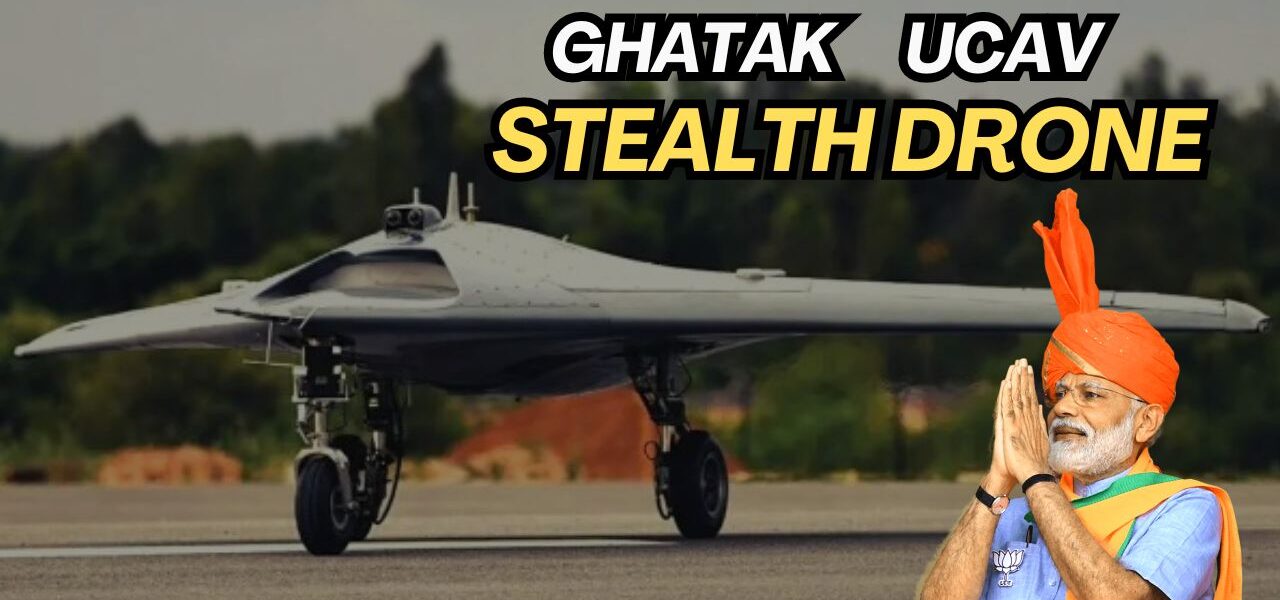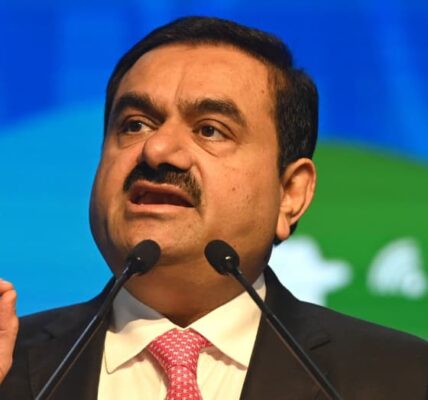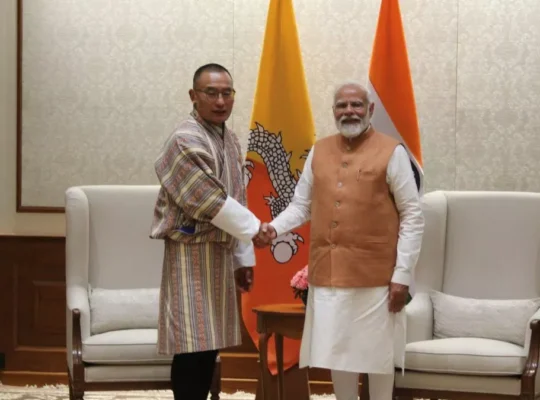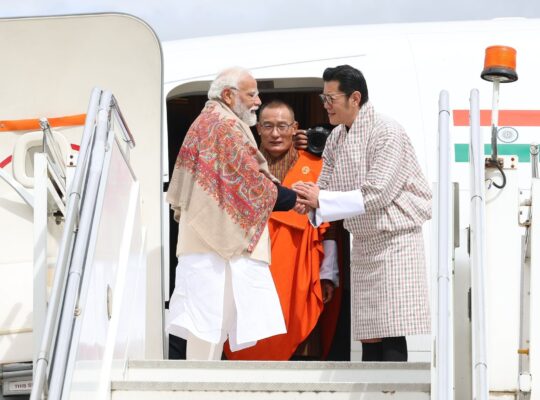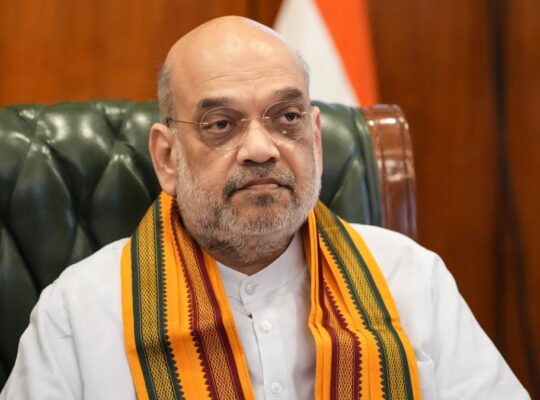India Unveils ‘Stealth’ Drone Project
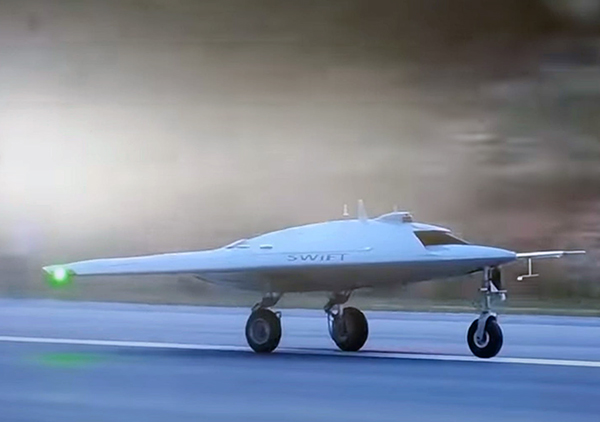
India’s secretive Stealth Drone Ghatak, recently observed during a test, is making waves in defense circles. The drone, code-named Stealth Wing Flying Tested (SWiFT), is a closely-kept secret that was created by the Defense Research and Development Organization (DRDO). This year, the Ghatak project became a flagship initiative, demonstrating the government’s serious commitment.
The Indian government is advancing with determination, considering the deployment of a deck-based combat UAV variant in the Indian Navy. It’s anticipated that a prototype of the Stealth Drone Ghatak might be revealed between 2024 and 2025.
In August, SWiFT underwent testing at the Chitradurga Aeronautical Test Range in Karnataka, South India, as seen in a video. Surprisingly, neither the Ministry of Defense nor the DRDO has issued any statements regarding this matter. Earlier this year, on Army Day 2021, the Indian Army successfully showcased the capability of 75 combat drones, capable of identifying and engaging targets with suicide-style attacks. This marked a significant step towards enhancing India’s armed forces.
Though not tested in an actual operation, foreign military observers praised India’s move and acknowledged it as a technological demonstration. Meanwhile, India has expanded its fleet with the addition of 164 Israeli Harop drones.To further strengthen its armed capabilities, India has acquired two General Atomics MQ-9B Sea Guardian drones from the US under an emergency acquisition program.
The display during Prime Minister Narendra Modi’s visit to the United States indicates India’s intent to include 30 MQ-9B Reaper or Predator B UCAVs as part of a billion deal. It is speculated that this deal could soon be finalized, especially since PM Modi held discussions with General Atomics CEO Vivek Lall during his U.S. visit.
Despite these developments, analysts believe that India lags behind in developing indigenous combat drones, such as the proposed Rustam 2 or Ghatak. Presently, none of these domestic drone projects has been initiated. On the contrary, Pakistan integrated its indigenous Burraq combat drone into its military a decade ago.
India’s Lethal Drones versus China-Pakistan
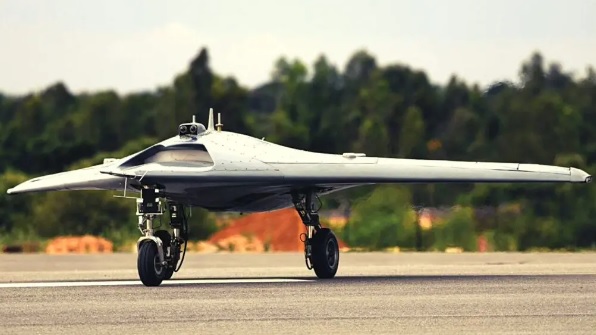
Defense analysts believe that India is currently conducting tests for large and mid-size UAVs, while countries like Turkey and China have already deployed them in their military. China’s UAVs are not as well-received internationally, despite their high-tech features, but continuous development and deployment are underway. China is either buying or stealing drone technology from other countries, while Pakistan has imported and deployed UAVs. On the other hand, India is using a limited quantity of UAVs imported from Israel and the United States.
According to defense experts, India is making progress in creating unmanned aerial vehicles (UAVs), which have enormous potential for the aerospace sector to produce human-less aircraft. Whether locally developed systems or slowly adopted technologies, India has ample opportunities. Even with their tense relationship, India’s armed forces must continue to be ready for war in regions like Arunachal Pradesh and Ladakh. However, the arrival of lethal UAVs may not be immediate.
Earlier, it was believed that China lagged behind in the use of UAVs and other automated technologies compared to the U.S. military, which is incorrect. There is a growing trend suggesting China’s increasing dependence on large-scale combat drones. This means that China’s combat drones could potentially surpass its air force in size. China leads globally in innovation, production, and variety in drone technology. Observing China’s recent air show in 2021, it can be predicted that the military drone supply from China’s aerospace and high-tech sector will be abundant in the coming times. Given China’s production capacity, it won’t be restricted to weapons and ammunition for human-less aircraft.
Defense analysts note that India has unrestricted access to foreign engines, similar to those provided by Russian partners. Moreover, locally produced heavy or multi-fuel engines are also an option. There is no shortage of engineers or funds in India to accelerate the development of human-less aircraft. However, analysts suggest that if production is prioritized, China could soon lead the world in drone technology. The Chinese military has the opportunity to learn from the drones integrated into its inventory. The risk of China establishing information and situational dominance with stealth drones along the Line of Actual Control (LAC) could increase.
Pakistan has developed a complete generation of UAVs for its military and government agencies, ranging from small rotorcraft to surveillance drones launched by hand, to long-endurance models like Shahpar II. Rumors persist that Pakistan’s state-owned aerospace manufacturer is developing not one but two combat drones (UCAVs).
According to defense analysts, India is making continuous efforts to break away from its traditional practices and is on the verge of initiating its own world-class human-less system. The TAPAS BH201, an Indian-made UAV, is a hopeful development in this regard. However, the situation seems to have neglected DRDO’s efforts for UAVs and combat drones, even though private sector participants are ready to contribute. In the midst of all this, the Indian military is shifting its preference from expensive drones supplied by Israel to soon prioritizing American drones. It’s not necessary, but that’s how things stand at the moment.

